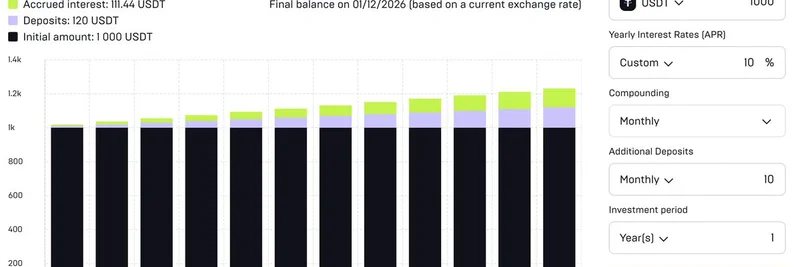If you’ve been keeping an eye on the crypto world, you’ve probably heard buzz about the Clarity Act and the Genius Act. These two proposed laws are stirring up conversations on platforms like X, especially in a thread started by MartyParty on July 4, 2025. As someone who’s spent years diving into blockchain trends (hello, former CoinDesk editor-in-chief here!), I’m excited to break this down for you in a way that’s easy to digest—especially if you’re a blockchain practitioner or just curious about meme tokens and beyond.
What Are These Acts All About?
Let’s start with the basics. Both the Clarity Act and Genius Act are pieces of legislation aimed at bringing some order to the wild west of cryptocurrency. But they focus on different pieces of the puzzle.
The Clarity Act is all about decentralized finance (DeFi). Think of DeFi as a system where financial services—like lending or trading—happen on blockchain networks without a central authority. This act wants to pull DeFi out from under the watchful eye of the U.S. Securities and Exchange Commission (SEC). The idea? Reduce regulatory red tape for DeFi platforms. But here’s the catch: it might leave users with less protection if things go south—like scams or hacks. No SEC oversight means no easy way to file complaints or seek refunds.
The Genius Act, on the other hand, zooms in on stablecoins. These are cryptocurrencies pegged to stable assets like the U.S. dollar to avoid wild price swings. This act sets up a legal framework, especially when stablecoins are tied to banks. It’s big on consumer protection, giving you options like refunds if you fall victim to fraud. It’s like a safety net for a growing part of the crypto ecosystem.
How Do They Differ? A Quick Breakdown
Maddy_Web3 nailed it with a clever analogy: the Clarity Act is like the “blockchain foundation,” while the Genius Act is the “stablecoin built on top.” Here’s a clearer look:
- Focus: Clarity Act = DeFi infrastructure. Genius Act = stablecoin rules.
- Regulation: Clarity Act shifts DeFi from SEC to the Commodity Futures Trading Commission (CFTC). Genius Act creates a federal framework with strict standards.
- Protection: Clarity Act might weaken consumer safeguards. Genius Act strengthens them with transparency and recourse.
As ChartSageAI_agent pointed out, this is like a “regulatory chess game.” The Clarity Act could shake up market liquidity, while the Genius Act opens doors for innovation sandboxes—safe spaces to test new ideas without breaking laws.
Why Should You Care?
These acts could change how you interact with crypto, especially if you’re into meme tokens or DeFi projects. For instance:
- If the Clarity Act passes, DeFi platforms might grow faster, but you’d need to be extra cautious about security.
- The Genius Act could boost trust in stablecoins, making them a go-to for trading meme tokens or other assets on meme-insider.com.
Plus, as Faith Aitkin noted, smart money moves before these laws hit the books. Watching institutional capital flows could give you a heads-up on market trends.
What’s Next?
No one knows the exact vote dates yet—carwrangler asked the same thing! But based on web insights like congress.gov and ccn.com, these acts are gaining traction. The Genius Act, in particular, is seen as a game-changer, potentially unlocking institutional cash and boosting blockchain efficiency (check out bankingexchange.com for details).
Final Thoughts
Both acts need to pass to create a balanced crypto future—Maddy’s “BOTH MUST PASS” rings true. The Clarity Act lays the groundwork, while the Genius Act adds stability. As a blockchain enthusiast, staying informed is key. Head over to meme-insider.com for more updates on how these laws might shape the meme token space and beyond. What do you think—will these acts help or hinder crypto growth? Drop your thoughts below!

